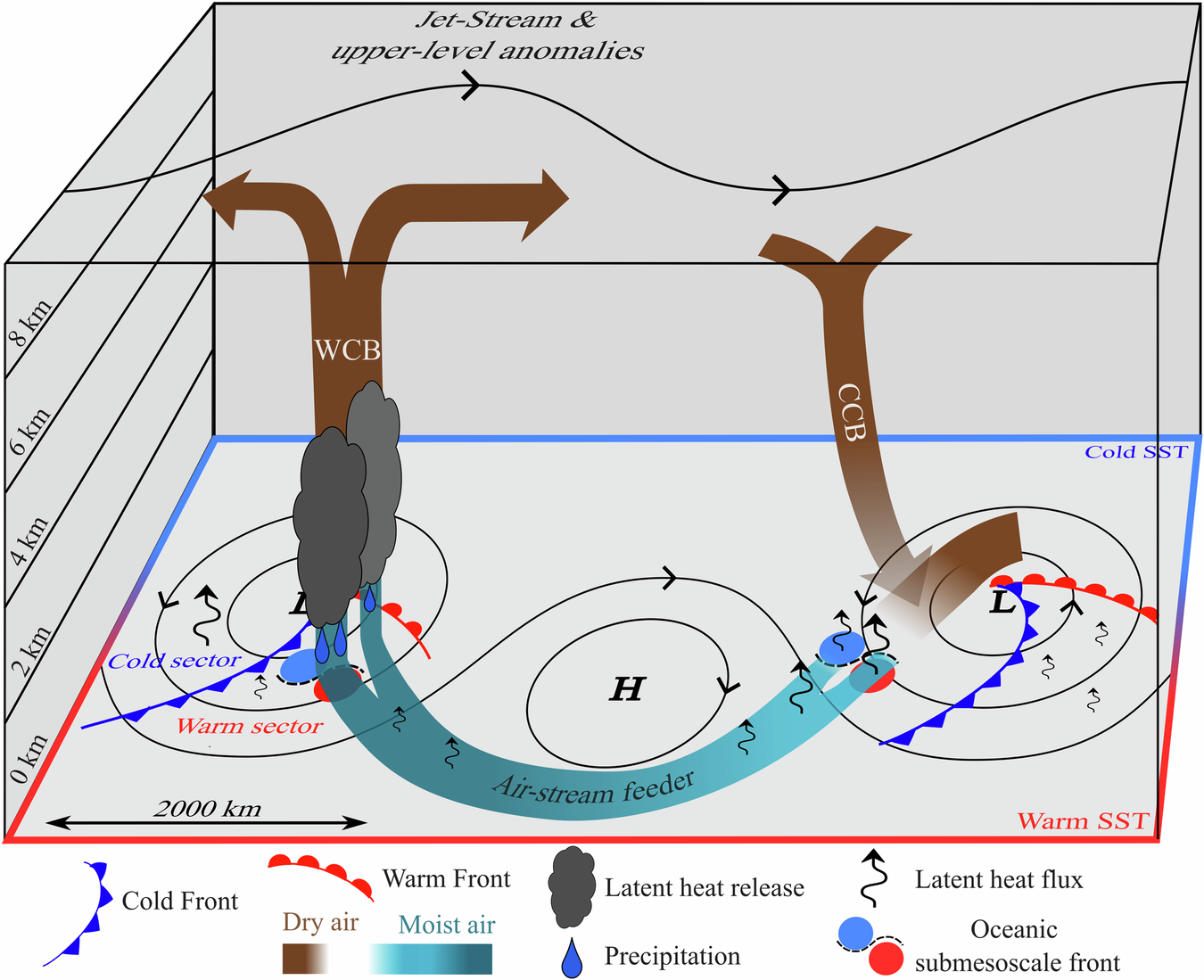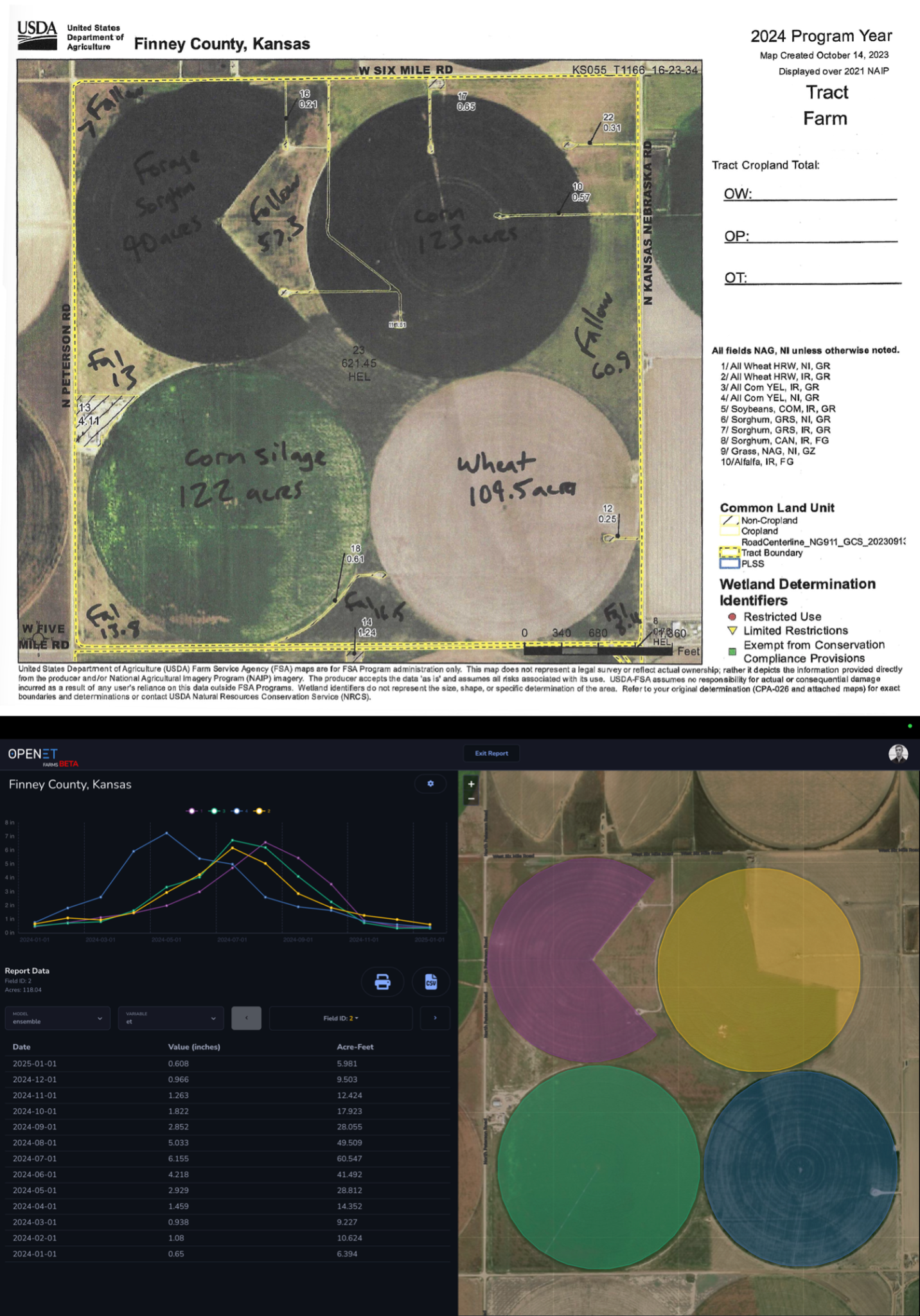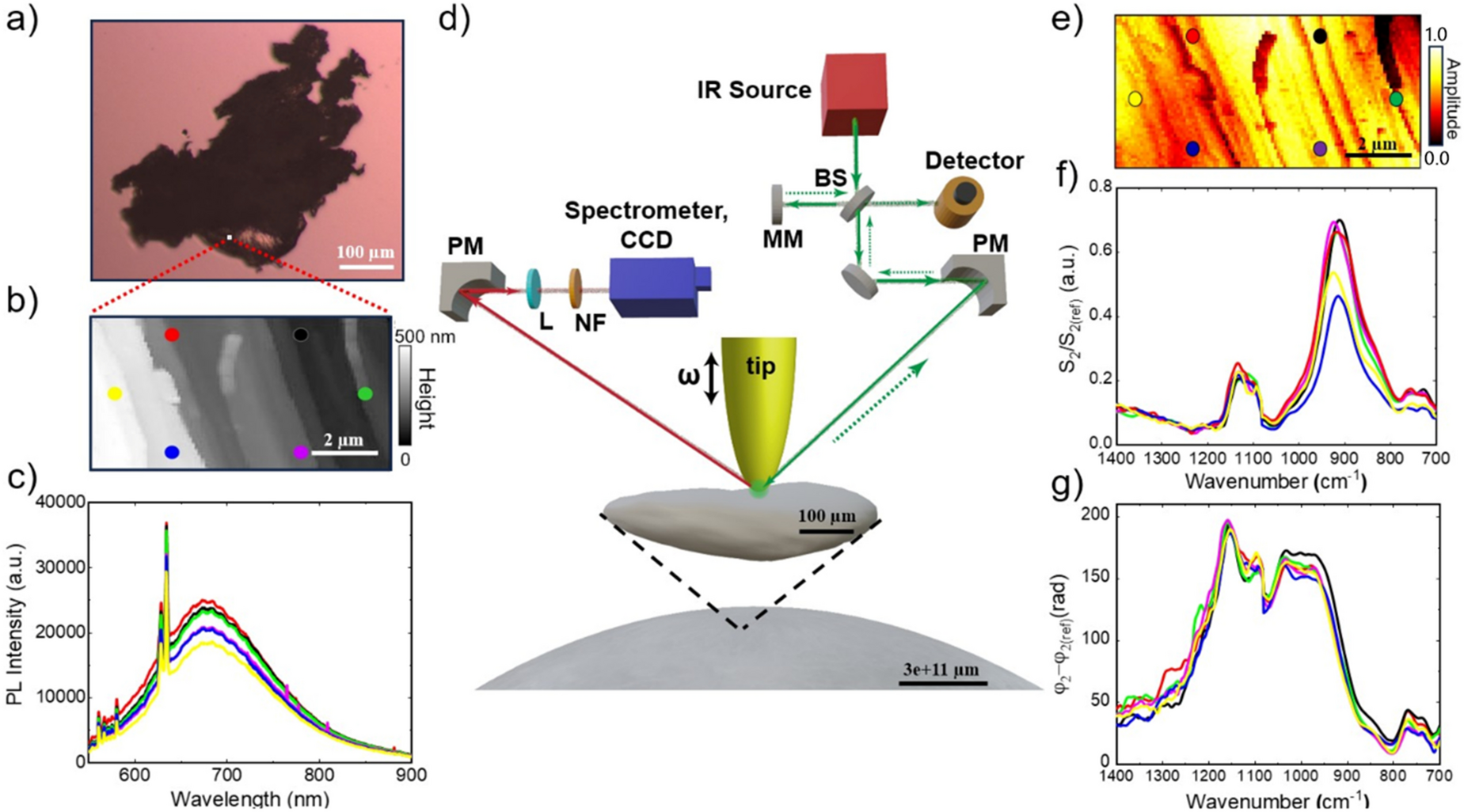2025-03-04 カリフォルニア大学サンディエゴ校 (UCSD)
<関連情報>
- https://today.ucsd.edu/story/supercomputers-reveal-how-small-ocean-processes-influence-storms
- https://www.nature.com/articles/s43247-025-02002-z
海洋のサブスモススケール前線は嵐の中で断熱加熱と対流降水を引き起こす Ocean submesoscale fronts induce diabatic heating and convective precipitation within storms
Félix Vivant,Lia Siegelman,Patrice Klein,Hector S. Torres,Dimitris Menemenlis & Andrea M. Molod
Communications Earth & Environment Published:30 January 2025
DOI:https://doi.org/10.1038/s43247-025-02002-z

Abstract
The intensity of atmospheric storms is influenced by ocean temperature contrasts. While mesoscale sea surface temperature anomalies ( ~ 200 km-size) are known to intensify storms via latent heat release, the role of finer oceanic scales remains unknown. Using a global coupled ocean-atmosphere simulation at a km-scale resolution, we show that half of latent heat flux variability is driven by oceanic motions at the meso- ( ~ 40%) and submesoscale ( ~ 10-20 km-size, < 10%) in the Kuroshio Extension during winter. Additionally, ocean submesoscale fronts, with temperature gradients of 5 °C per 10 km, induce a secondary circulation reaching 4 km within the troposphere, which enhances diabatic processes and convective precipitations within storms. In the warm sector of storms, ocean submesoscale fronts locally account for half the total precipitations, averaging 14 mm day−1 over five days. As such, ocean submesoscale fronts pump moisture from the ocean to the atmosphere and have the potential to affect storm intensification.



